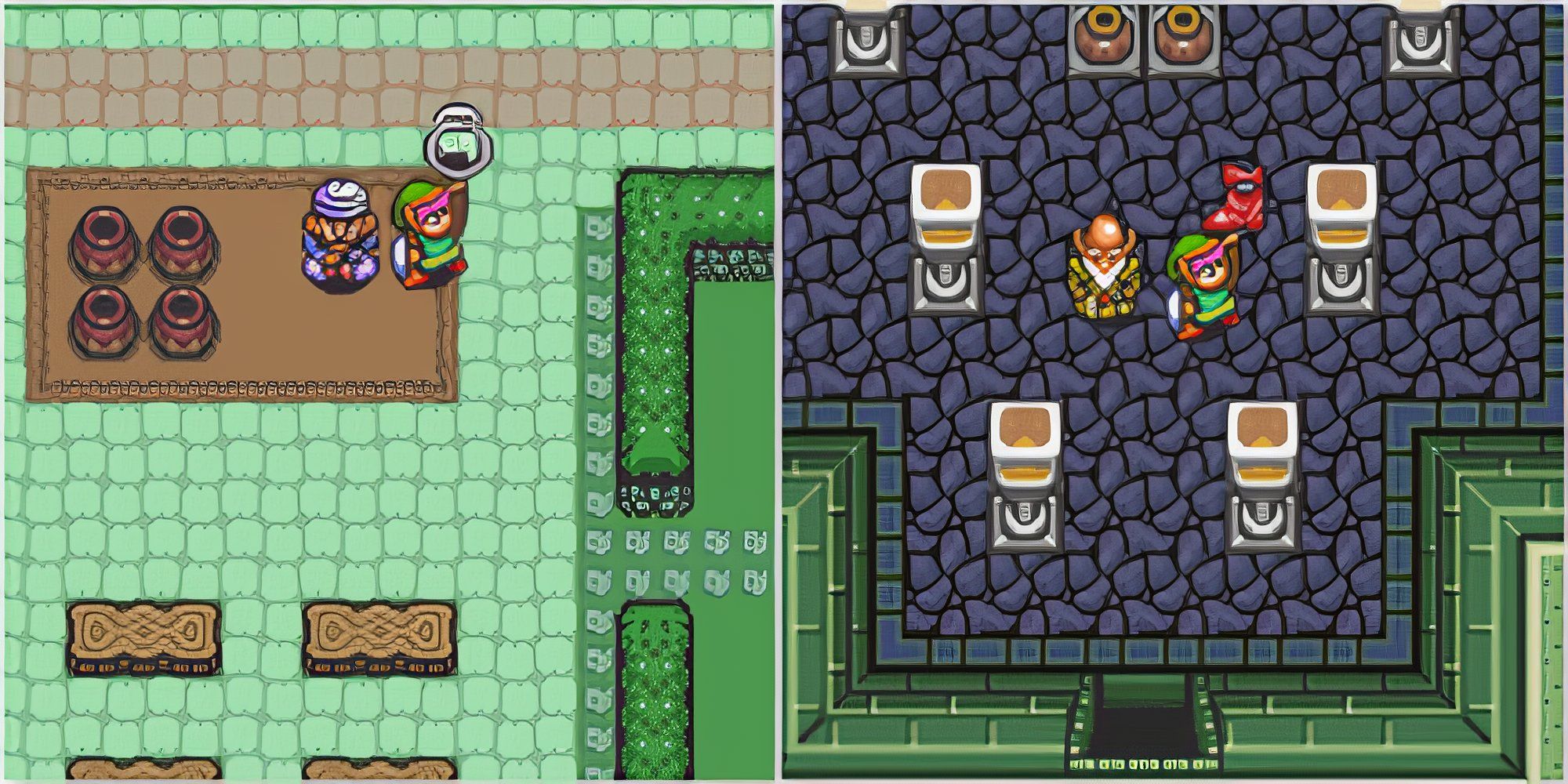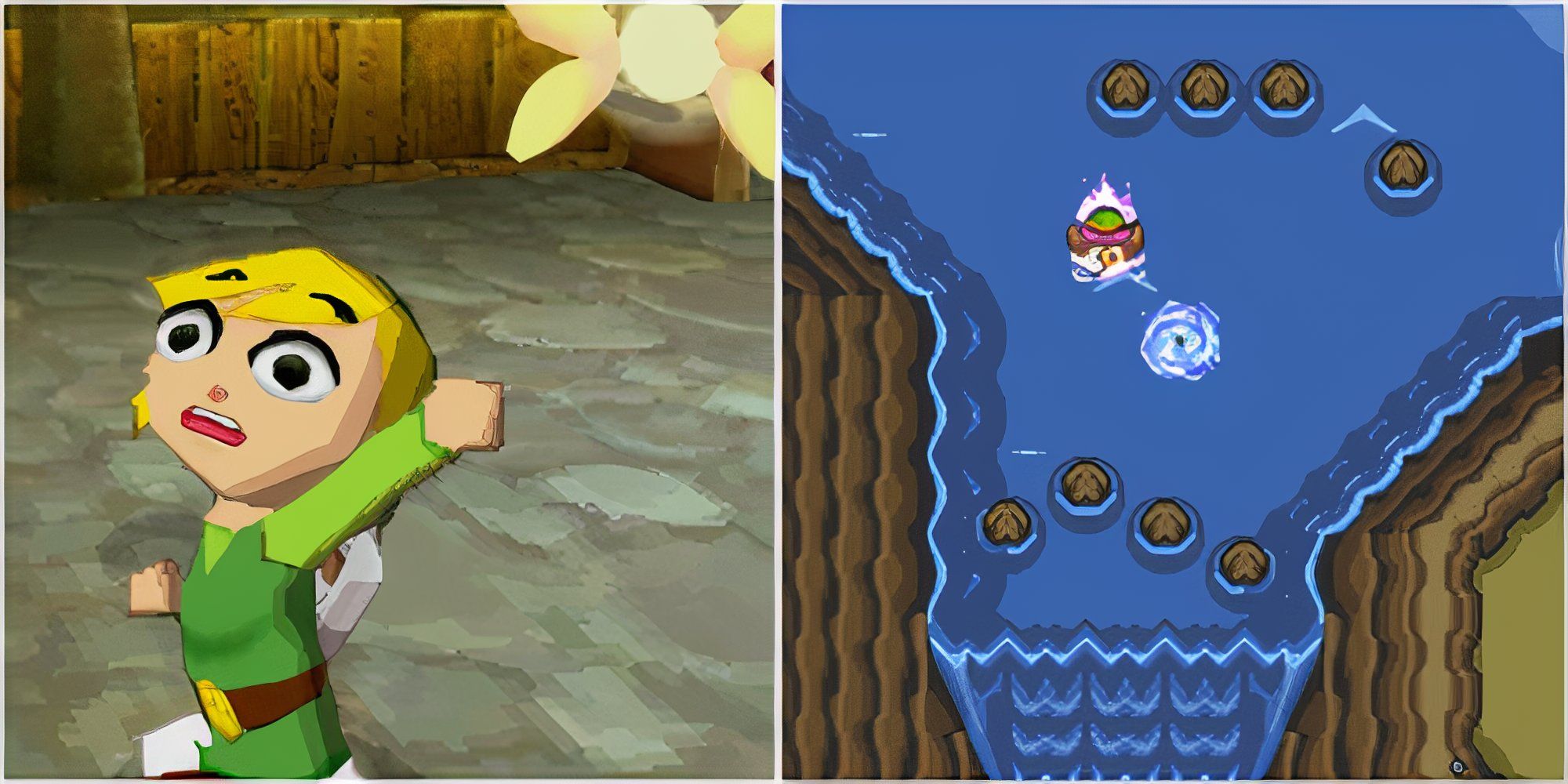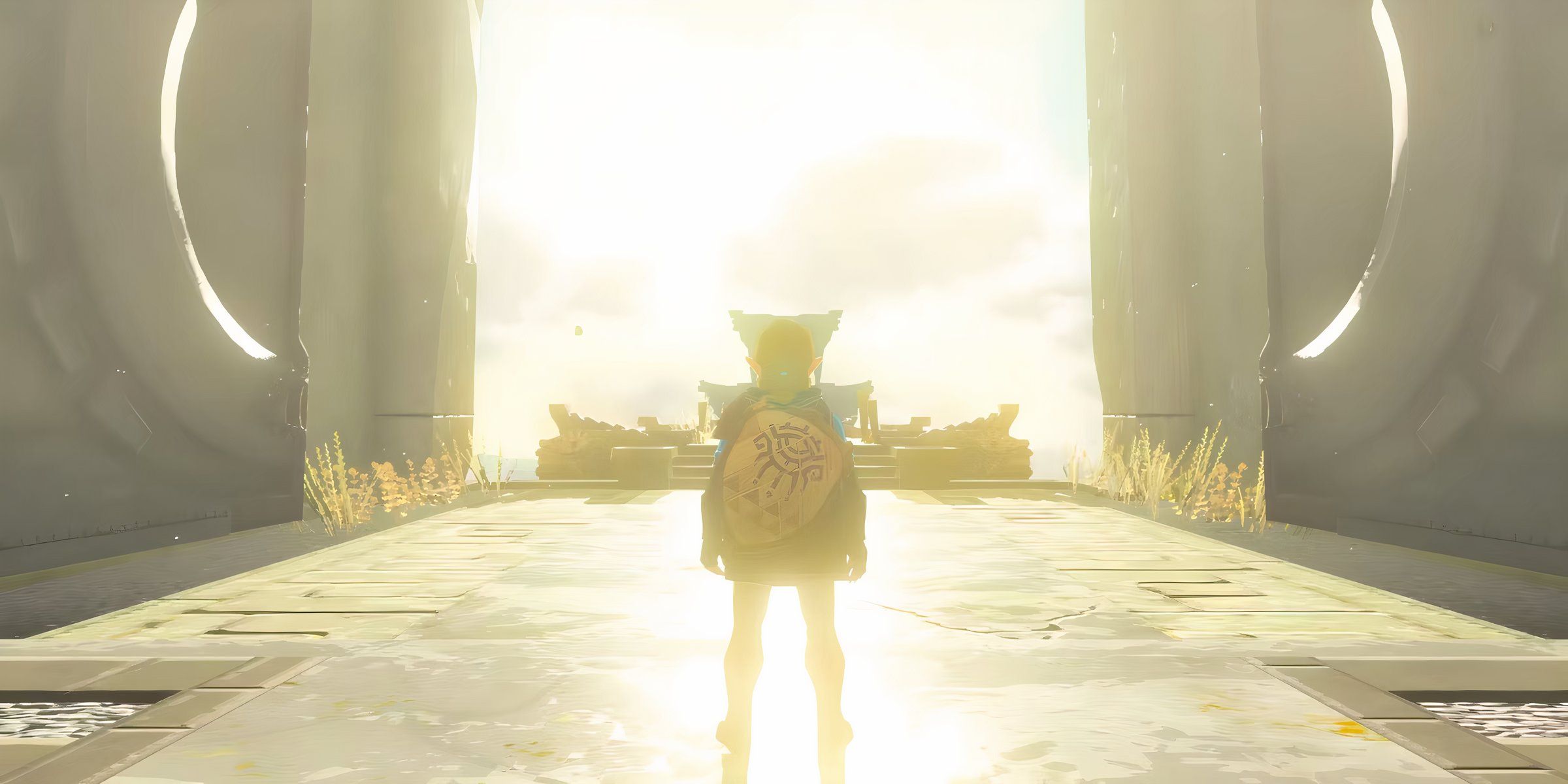Nintendo has no plans to continue the era of Zelda established by Breath of the Wild, with longtime series producer Eiji Aonuma describing The Legend of Zelda: Tears of the Kingdom as the apotheosis of the BOTW formula. Given the famed gaming company's track record of expanding and experimenting with their major franchises, especially Zelda, players can likely expect Tears of the Kingdom's follow-up to be radically different, teeing up the next chapter of the series.
Time will only tell how these differences will manifest. It's likely that the central gameplay pillars of BOTW and TOTK—open-ended exploration, loosely defined narrative, et cetera—will be altered or replaced with something different, but the next Zelda game could make other major shifts as well. After all, the ambitious open-world design of Breath of the Wild doesn't only impact gameplay: the game's focus on player freedom and creativity above all else has knock-on effects with regard to narrative, tone, and presentation. If the next Zelda makes gameplay leaps comparable to those of Breath of the Wild, then similarly significant changes to story and presentation seem likely.

A Playable Princess Zelda Should Be Half Tears of the Kingdom, Half Spirit Tracks
The Legend of Zelda has long relegated Zelda to the background, but Spirit Tracks and TOTK hold the blueprint for her future as a playable heroine.
The Next Zelda: How Gameplay Will Inform the Rest of the Experience
Zelda's Gameplay Isn't an Island
When examining the differences between Breath of the Wild and other Zelda games, it's common to focus on the series' dramatic gameplay evolution. This makes sense, as Breath of the Wild makes major strides with open-world and puzzle design, not just within the Zelda series, but within modern gaming as a whole. The game also lacks many long-lived Zelda staples, including:
- Themed dungeons
- Metroidvania-style progression
- Item-based puzzles
But all of these missing or altered elements impact more than just gameplay. For example, Zelda's classic dungeon design is intricately linked with its narrative pacing and linear progression: the specific, bespoke order in which players experience each area is how the older games deliver their stories and balance tone, with some dungeons being more lighthearted, others being more horror-oriented, and so on.
Doing Away with Tears of the Kingdom's Gameplay Could Transform Story, Style, and Tone
Again, it's not clear what Nintendo's developers have in mind for the next Zelda game, but if the gameplay rift between it and Tears of the Kingdom is akin to the rift between, say, Skyward Sword and Breath of the Wild, then it's safe to say that a number of other changes will have to be implemented as well. Tears of the Kingdom's unrestricted gameplay, buttressed by its open-world design and ingenious implementation of the Ultrahand and Fuse abilities, necessitate a more minimalist story.
If TOTK 's narrative had a firmer structure, incorporating more real-time plot points, cutscenes, and the like, then the gameplay philosophy of endless freedom wouldn't work as well as it does.
Players wouldn't be able to simply head off in whatever direction they like—a major conceit of TOTK's open-world design—if the story had greater immediacy and urgency. Narrative informs tone and vice versa, so TOTK, like BOTW before it, is imbued with a sense of ethereal, meditative calm. And of course, the fact that TOTK reprises BOTW's gameplay elements means that its story is directly linked to its predecessor, since it may have been difficult to justify the same open-world gameplay with a wholly different narrative premise or setting.
And then there's the matter of art design. There are several potential reasons behind BOTW and TOTK's unique art style, but at least one of them is practical: the games' cel-shaded art design allows for easier rendering of the massive, explorable Hyrule. A more linear, tightly focused Zelda game could adopt a more detailed or realistic graphical style if its developers wanted. BOTW's art style also helps to immediately differentiate it from the games that came before it. If the next Zelda game wants to stand out similarly, then major changes to art design, alongside narrative, tone, and even music, could be part of that equation.




